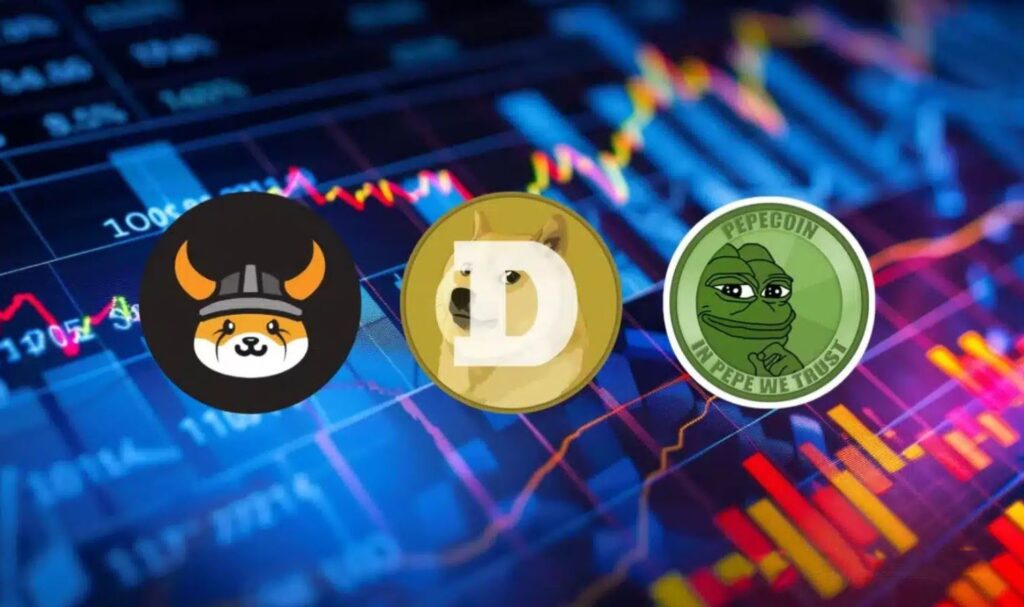On November 29, renowned meme coin analyst Murad Mahmudov unveiled a detailed table containing nine key metrics designed to evaluate the decentralization of meme coins. This release aims to provide the crypto community with a clearer understanding of how decentralized meme coins truly are, which is important for assessing their investment potential and the risk of “rug pulls” (scams where the price of a coin crashes after major holders sell off their stakes).
Murad described the table as “the most important meme coin statistics table I have ever compiled,” emphasizing that it allows users to measure the decentralization of meme coins across various angles. The key insight is that decentralization can help mitigate the risks of fraud and price manipulation, which are rampant in the meme coin market. “The blockchain doesn’t lie,” he said, pointing out that his table offers a reliable way to evaluate how evenly distributed the ownership of a coin is.
Why Decentralization Matters for Meme Coins
Meme coins have surged in popularity in recent years, with viral tokens such as GOATGoatseus Maximus, POPCAT, and MOODENG generating market caps ranging from thousands to billions of dollars. However, the rapid price fluctuations and high risk of “rug pulls” have made these coins controversial. In these schemes, a dominant holder or group of holders can sell off their stake, causing the coin’s value to plummet, leaving other investors with significant losses.
By analyzing decentralization, Murad’s goal is to help reduce the stigma around meme coins, which are often viewed as high-risk, volatile assets. The more decentralized a meme coin is, the less likely it is that a single party can manipulate its value, making it a potentially safer investment.
Murad’s Nine Metrics to Measure Decentralization
The table Murad released features nine key metrics that provide a deep dive into the decentralization of meme coins:
- Median Holder Rank: This metric identifies the rank of the wallet holding the median amount of the token. A lower rank means that the token is more equally distributed among holders, signaling better decentralization.
- Herfindahl-Hirschman Index (HHI): A common measure of ownership concentration, the HHI ranges from 0 to 10,000. A low score indicates decentralization, while a score of 10,000 represents full centralization.
- HolderScan Distribution Score: This metric assesses how well-distributed the token is. A higher score indicates a more decentralized distribution of the token.
- Top 100, 25, and 10 Holders’ Percentage: These metrics highlight the percentage of tokens held by the largest 100, 25, and 10 holders. A lower concentration in these top holders indicates greater decentralization.
- Wallets Holding Over $1,000: This metric evaluates the portion of wallets that hold more than $1,000 worth of the token. A higher percentage of such wallets suggests that the coin is widely distributed among investors.
- First-Week Wallet Activity: The percentage of new wallets created within the first week of a token’s launch is measured here. A lower percentage signals healthier decentralization and less potential for early dominance by a few holders.
How to Apply the Metrics to Evaluate Meme Coins
These nine metrics offer a framework for determining how decentralized a meme coin is. Ideally, investors should look for tokens with low HHI values, minimal concentration in the hands of a few holders, and a higher percentage of wallets holding over $1,000 worth of the token. Such coins are generally considered more decentralized and, therefore, less risky.
Conversely, a meme coin with a high HHI, large concentrations of ownership among the top holders, and a high percentage of wallets created in the first week could signal centralization and a greater risk of manipulation by a few dominant players.
For instance, Murad’s favored meme coin, SPX6900, ranks highly for decentralization with a median holder rank of 181, an HHI of 29, and a 16.8% concentration among the top holders. This makes it one of the most decentralized meme coins based on these metrics.
On the other hand, MOODENG ranks at the bottom of the table, with a median holder rank of 19, an HHI of 303, and a 33.5% concentration among the top holders. This suggests that MOODENG is more centralized and carries a higher risk for potential investors.
Murad Mahmudov’s release of the meme coin decentralization table offers valuable insights into how investors can assess the risks of meme coins. With the metrics provided, traders can now evaluate meme coins on factors like holder concentration, distribution quality, and overall decentralization before making investment decisions. As the meme coin market continues to grow, tools like this could help make the space more transparent and safer for participants.



Yes